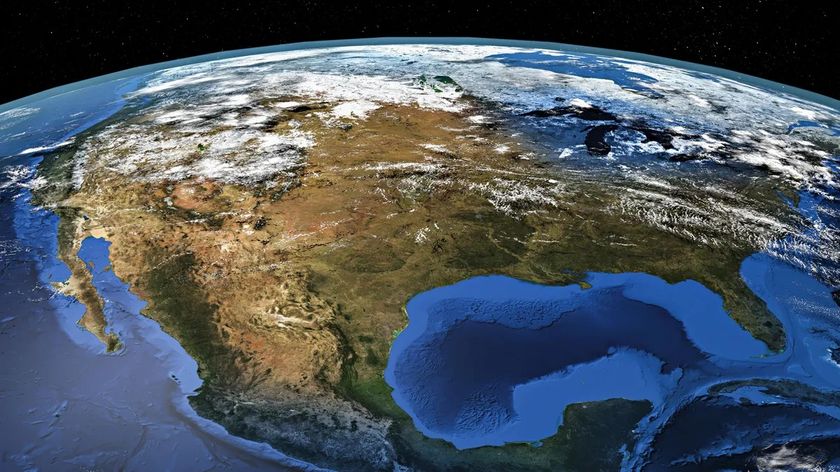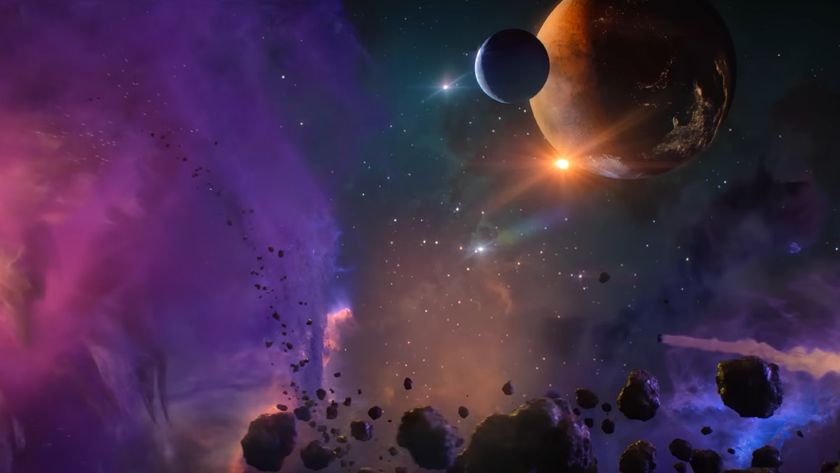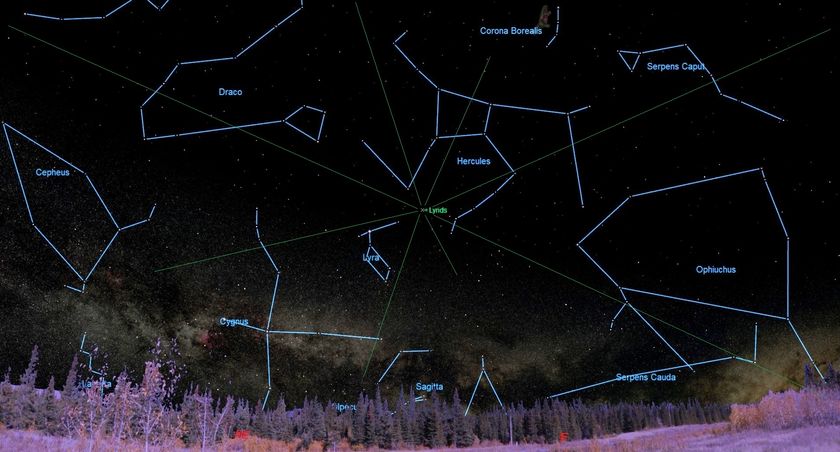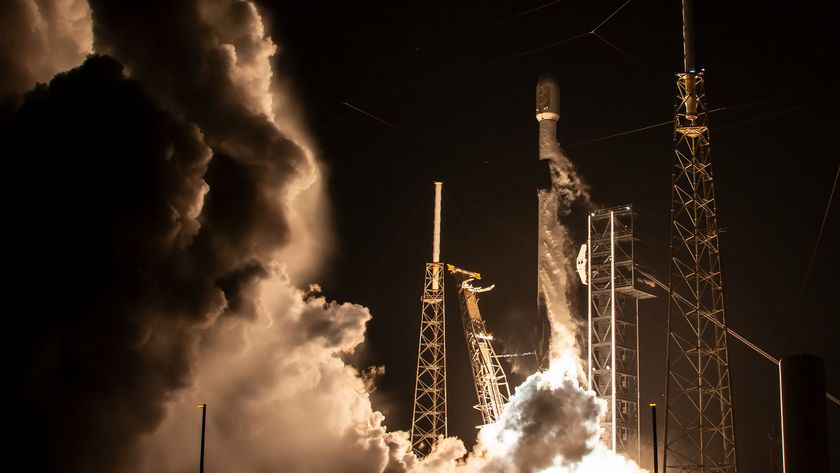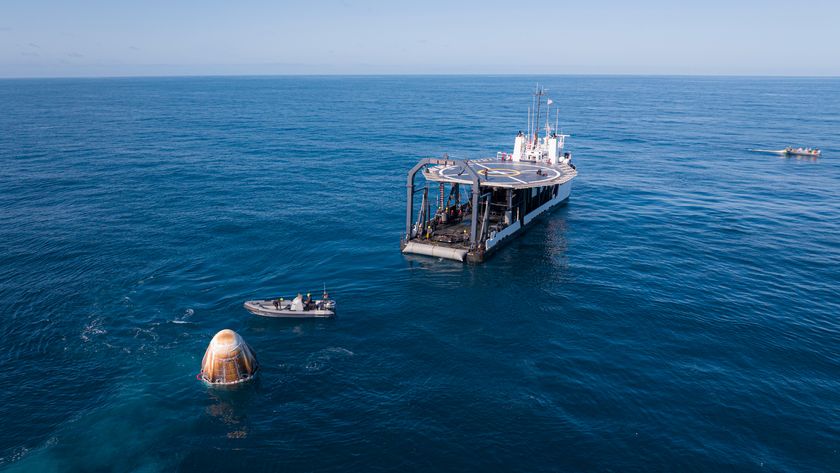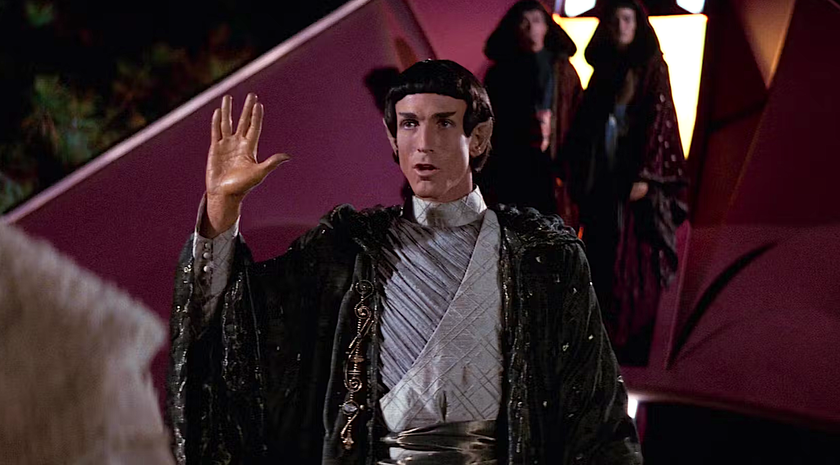NASA's Parker Solar Probe Makes 2nd Daring Flyby of the Sun
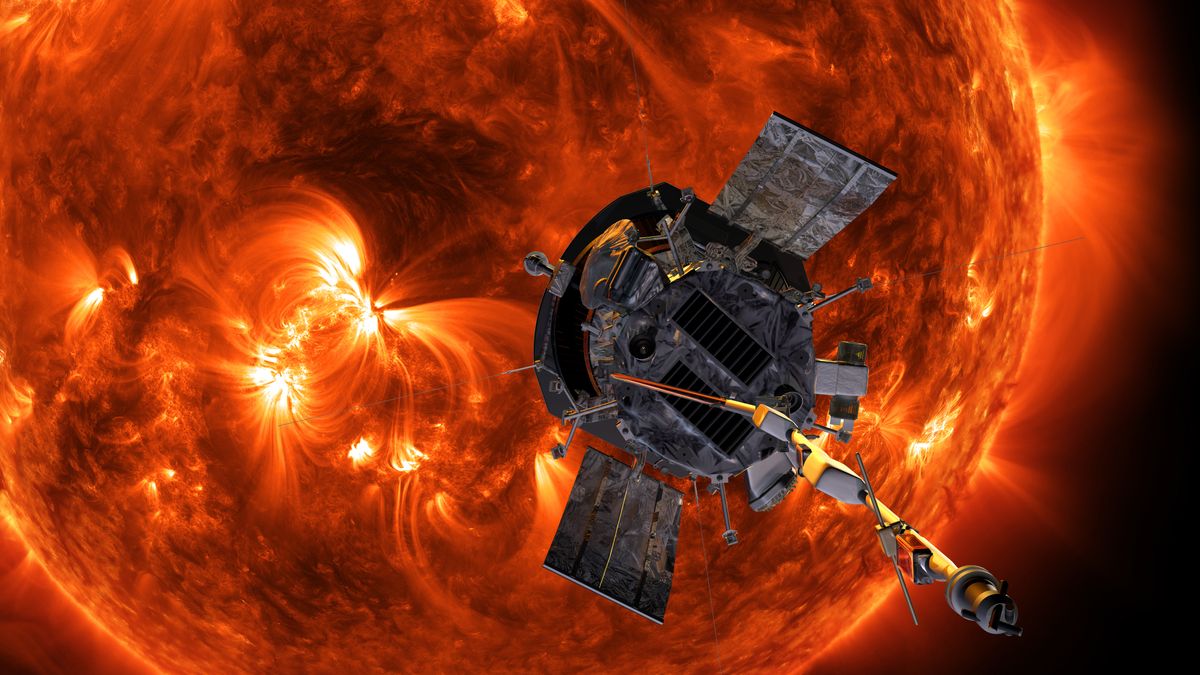
NASA's record-breaking solar mission silently completed another close pass of the sun yesterday (April 4).
The maneuver, called a perihelion, resulted in a closest approach at 6:40 p.m. EDT (2240 GMT) yesterday, when the Parker Solar Probe was about 15 million miles (24 million kilometers) above the surface of the sun. That's about the same distance as the spacecraft reached on Nov. 5, 2018, during its first perihelion.
Both of the close grazes broke the previous record, set by the Helios 2 mission in 1976, for the closest a spacecraft has ever come to the sun. But the Parker probe will continue to break its own records during the mission, eventually skimming just 4 million miles (6 million km) above the star's surface.
Related: NASA's Parker Solar Probe Is Headed to the Sun. So, What's Next?
A similar process is playing out with the probe's speed: At the peak of its first two perihelions, the spacecraft traveled at about 213,200 mph (343,000 km/h), also breaking records, but future close approaches will see the Parker Solar Probe moving still faster.
These close grazes are anxious times for scientists and engineers on the mission because the spacecraft is out of communication with Earth for several days before and after each perihelion. The radio silence is designed to let the spacecraft focus on keeping its instruments tucked safely behind the thick shield that protects them from the incredible heat of the sun's outer atmosphere, the corona.
After the spacecraft retreats from the sun again in its orbit, the data gathered during the maneuver is sent back to scientists eagerly awaiting the information. The researchers hope to use that data to better understand the corona, where temperatures reach millions of degrees in Fahrenheit and Celsius alike.
Get the Space.com Newsletter
Breaking space news, the latest updates on rocket launches, skywatching events and more!
The corona is also the source of the solar wind, a constant flow of charged particles that stream off of the sun and across the solar system. Because the solar wind can interfere with communication and navigation satellites in orbit around Earth, scientists hope to use the Parker Solar Probe data to better understand how the solar wind works, at its source.
The spacecraft will conduct another perihelion on Sept. 1 and then use Venus' gravity to adjust its path. The orbital tweak will mean the probe's subsequent close approaches will come just a bit closer to the sun's surface. All told, the spacecraft will complete 24 perihelions over the course of its seven-year mission, inching ever closer to the sun and its secrets.
- Here's What Earth Looks Like When You're Heading to the Sun
- NASA's Parker Solar Probe Mission to the Sun in Pictures
- What's Inside the Sun? A Star Tour from the Inside Out
Email Meghan Bartels at mbartels@space.com or follow her @meghanbartels. Follow us on Twitter @Spacedotcom and on Facebook.
Join our Space Forums to keep talking space on the latest missions, night sky and more! And if you have a news tip, correction or comment, let us know at: community@space.com.

Meghan is a senior writer at Space.com and has more than five years' experience as a science journalist based in New York City. She joined Space.com in July 2018, with previous writing published in outlets including Newsweek and Audubon. Meghan earned an MA in science journalism from New York University and a BA in classics from Georgetown University, and in her free time she enjoys reading and visiting museums. Follow her on Twitter at @meghanbartels.


